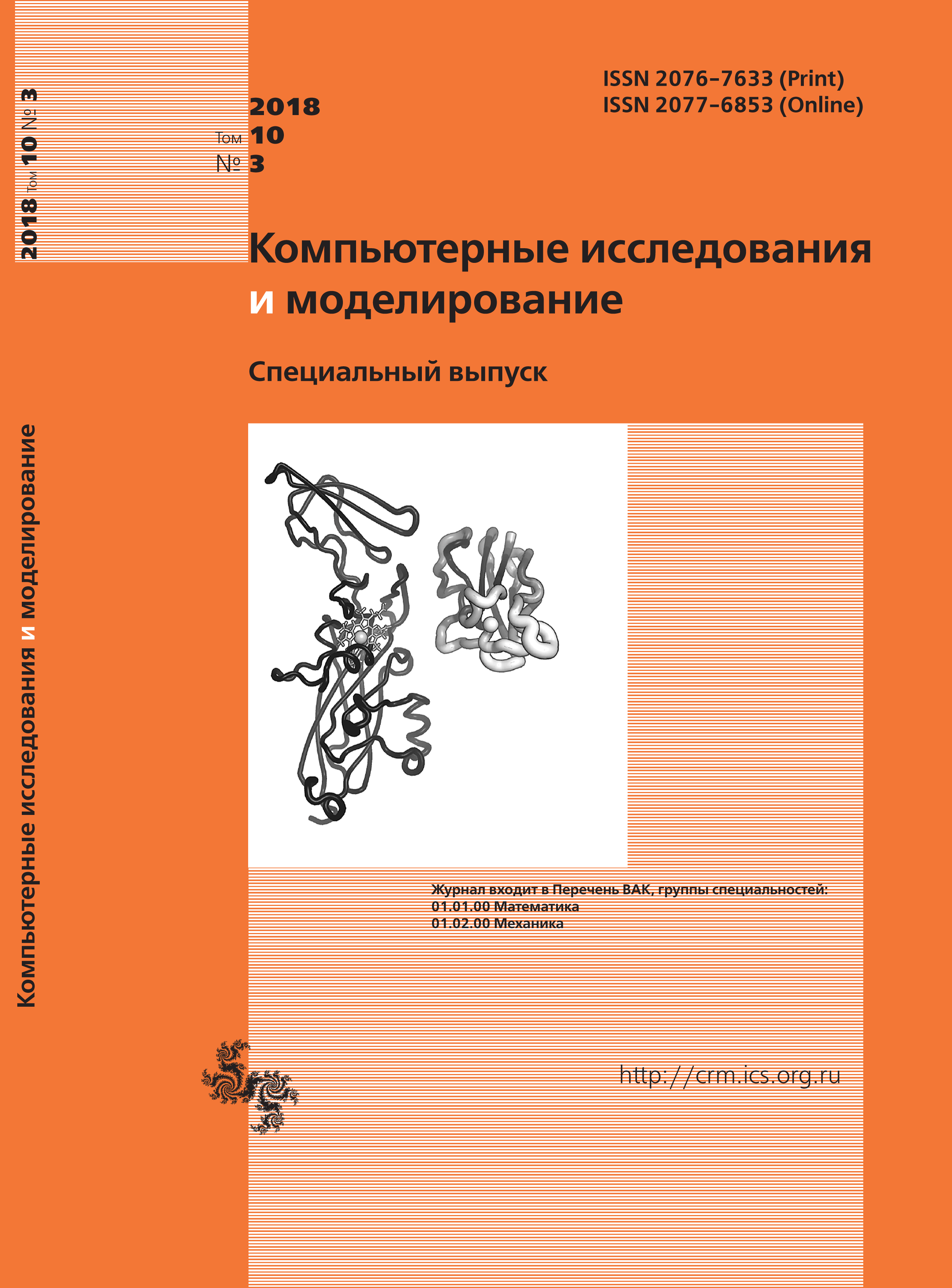All issues
- 2025 Vol. 17
- 2024 Vol. 16
- 2023 Vol. 15
- 2022 Vol. 14
- 2021 Vol. 13
- 2020 Vol. 12
- 2019 Vol. 11
- 2018 Vol. 10
- 2017 Vol. 9
- 2016 Vol. 8
- 2015 Vol. 7
- 2014 Vol. 6
- 2013 Vol. 5
- 2012 Vol. 4
- 2011 Vol. 3
- 2010 Vol. 2
- 2009 Vol. 1
The analysis of images in control systems of unmanned automobiles on the base of energy features model
 pdf (486K)
pdf (486K)
The article shows the relevance of research work in the field of creating control systems for unmanned vehicles based on computer vision technologies. Computer vision tools are used to solve a large number of different tasks, including to determine the location of the car, detect obstacles, determine a suitable parking space. These tasks are resource intensive and have to be performed in real time. Therefore, it is important to develop effective models, methods and tools that ensure the achievement of the required time and accuracy for use in unmanned vehicle control systems. In this case, the choice of the image representation model is important. In this paper, we consider a model based on the wavelet transform, which makes it possible to form features characterizing the energy estimates of the image points and reflecting their significance from the point of view of the contribution to the overall image energy. To form a model of energy characteristics, a procedure is performed based on taking into account the dependencies between the wavelet coefficients of various levels and the application of heuristic adjustment factors for strengthening or weakening the influence of boundary and interior points. On the basis of the proposed model, it is possible to construct descriptions of images their characteristic features for isolating and analyzing, including for isolating contours, regions, and singular points. The effectiveness of the proposed approach to image analysis is due to the fact that the objects in question, such as road signs, road markings or car numbers that need to be detected and identified, are characterized by the relevant features. In addition, the use of wavelet transforms allows to perform the same basic operations to solve a set of tasks in onboard unmanned vehicle systems, including for tasks of primary processing, segmentation, description, recognition and compression of images. The such unified approach application will allow to reduce the time for performing all procedures and to reduce the requirements for computing resources of the on-board system of an unmanned vehicle.
Copyright © 2018 Shleymovich M.P., Dagaeva M.V., Katasev A.S., Lyasheva S.A., Medvedev M.V.
Views (last year): 31. Citations: 1 (RSCI).Indexed in Scopus
Full-text version of the journal is also available on the web site of the scientific electronic library eLIBRARY.RU
The journal is included in the Russian Science Citation Index
The journal is included in the RSCI
International Interdisciplinary Conference "Mathematics. Computing. Education"






